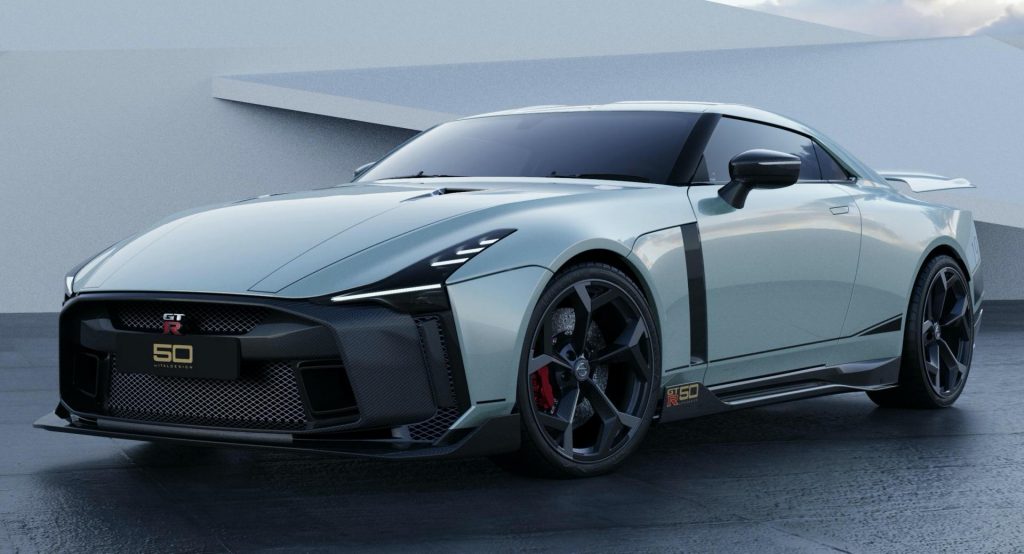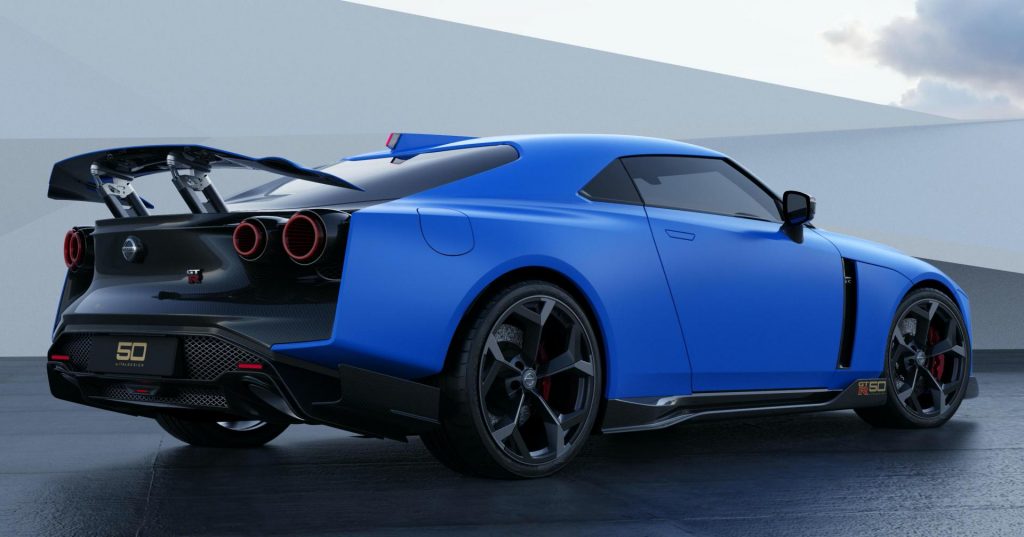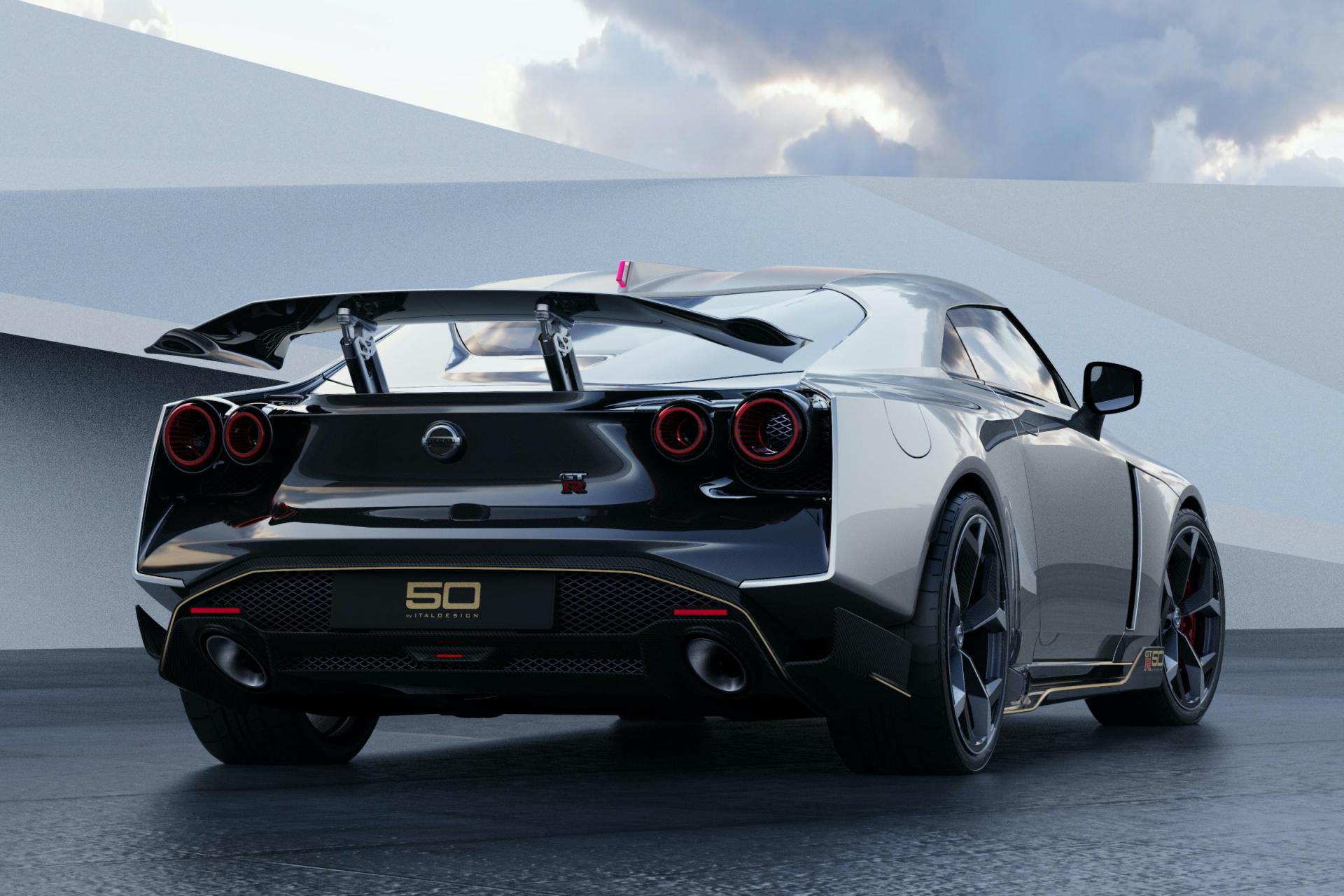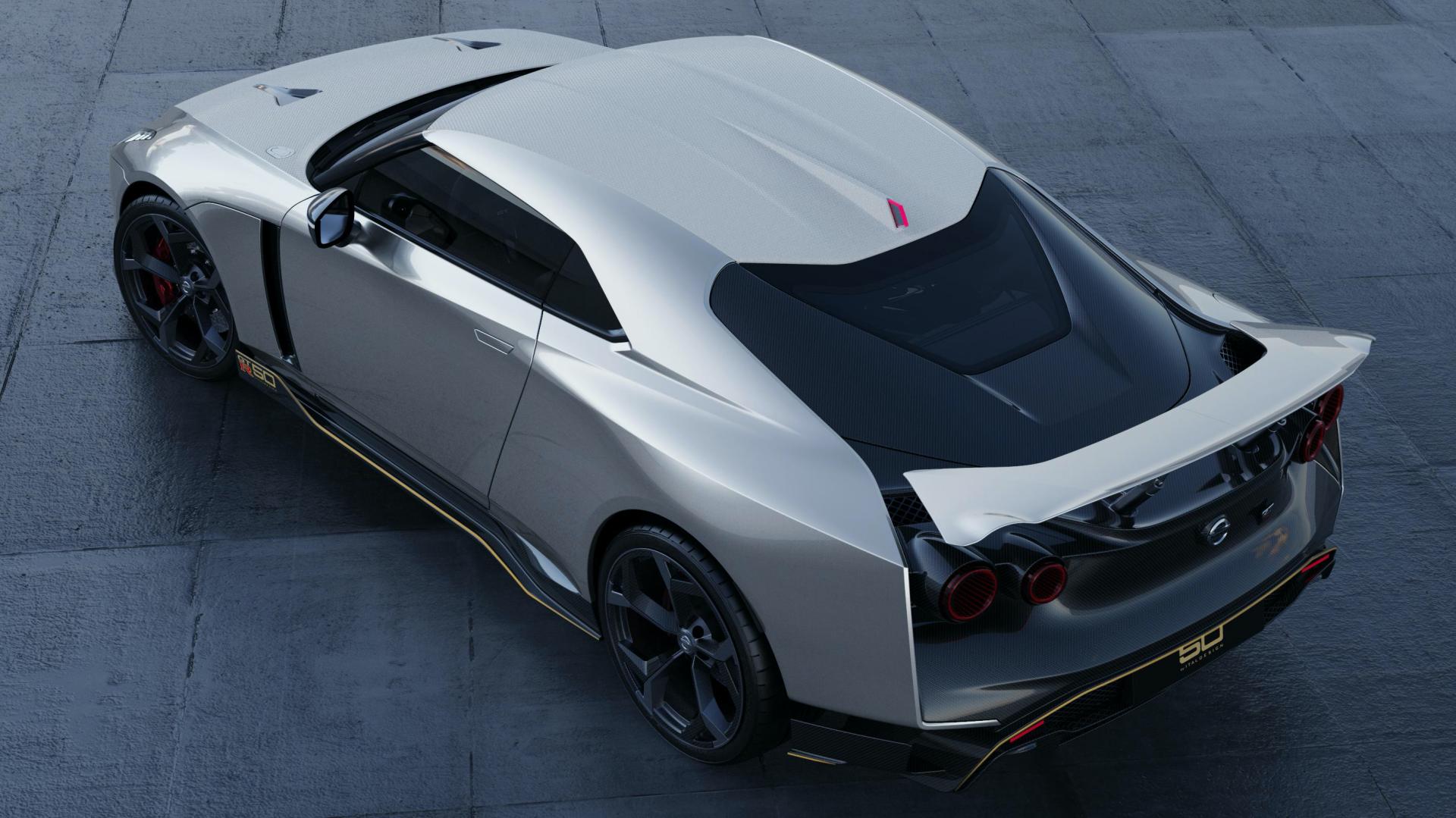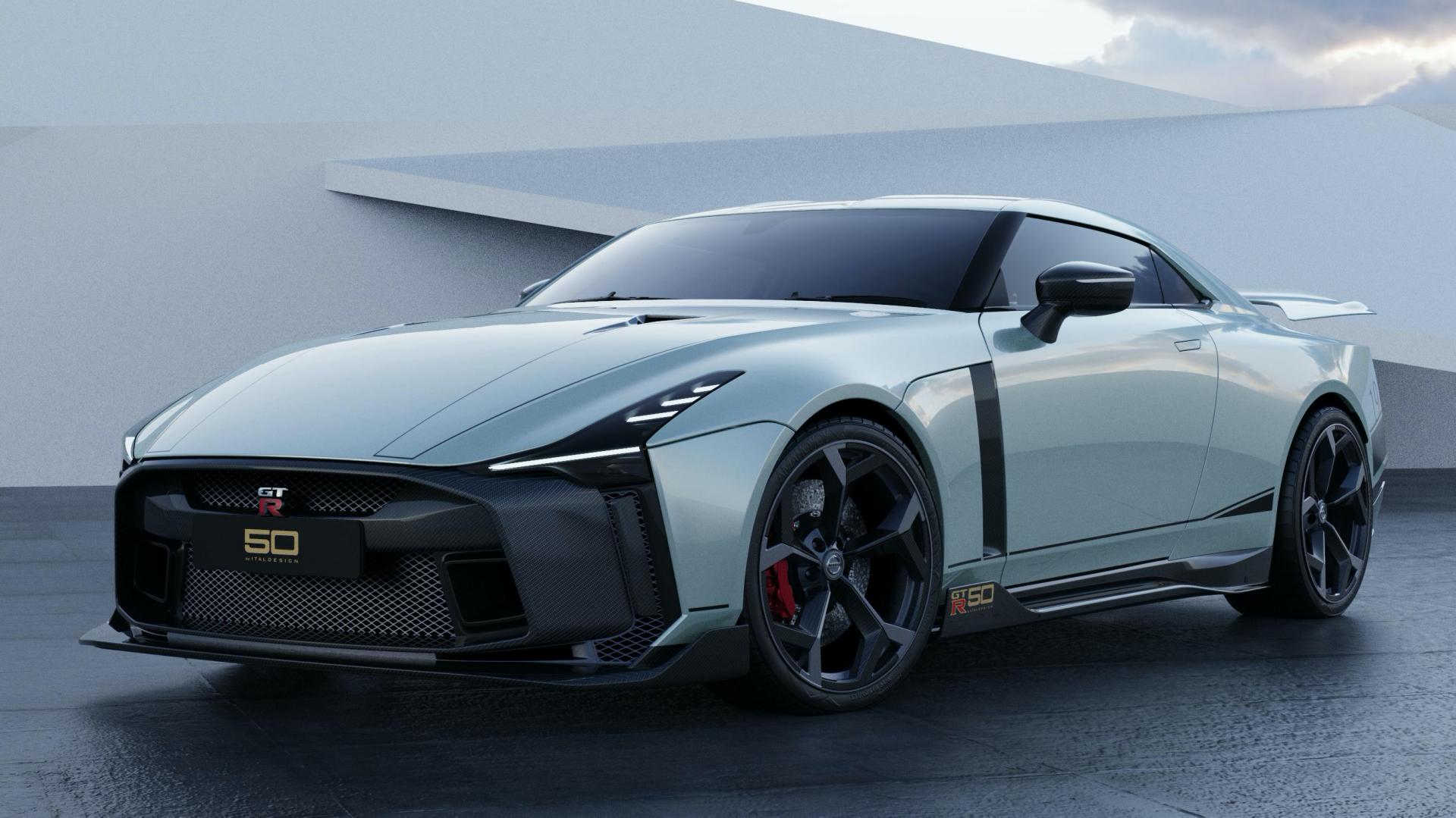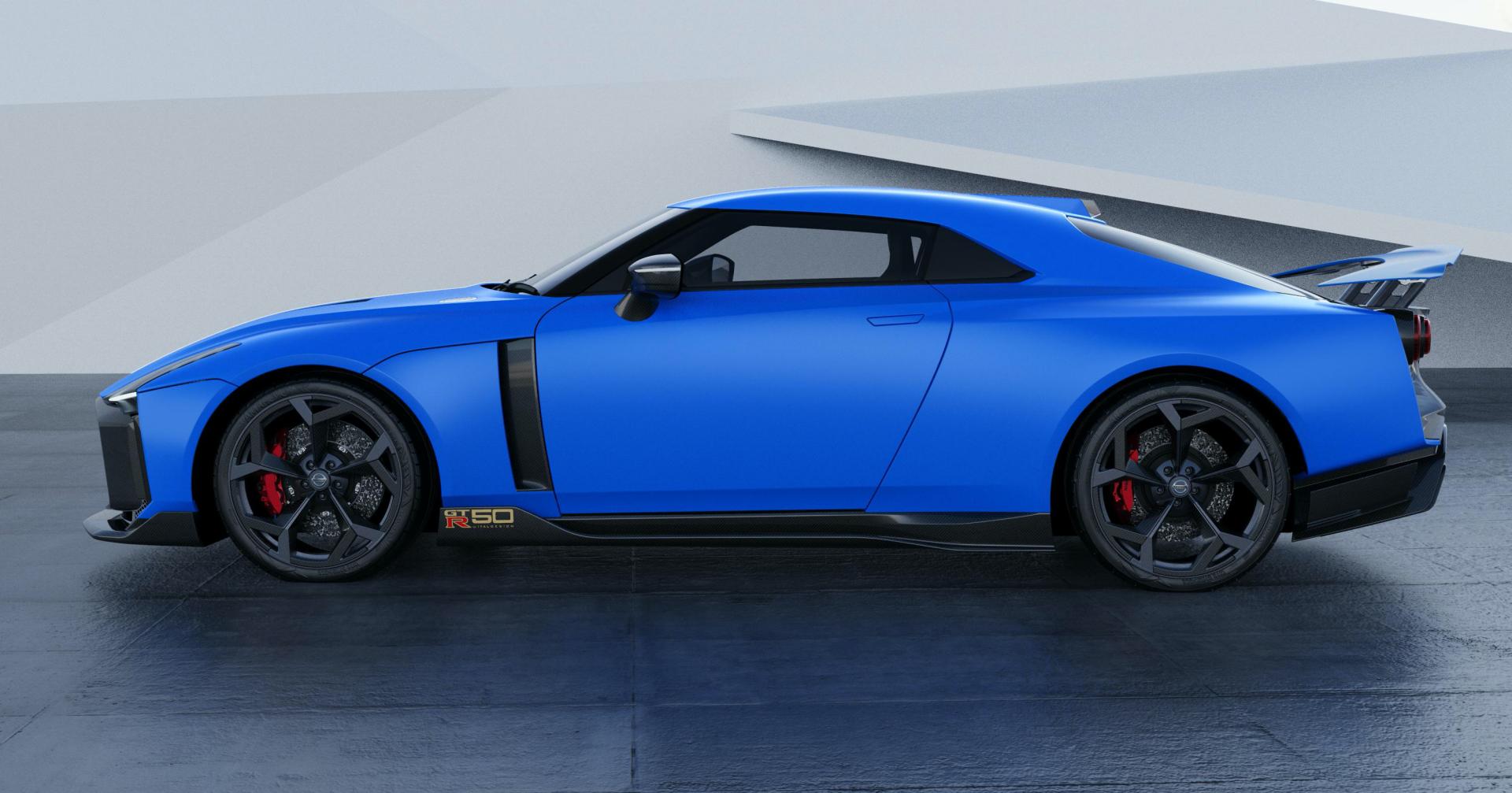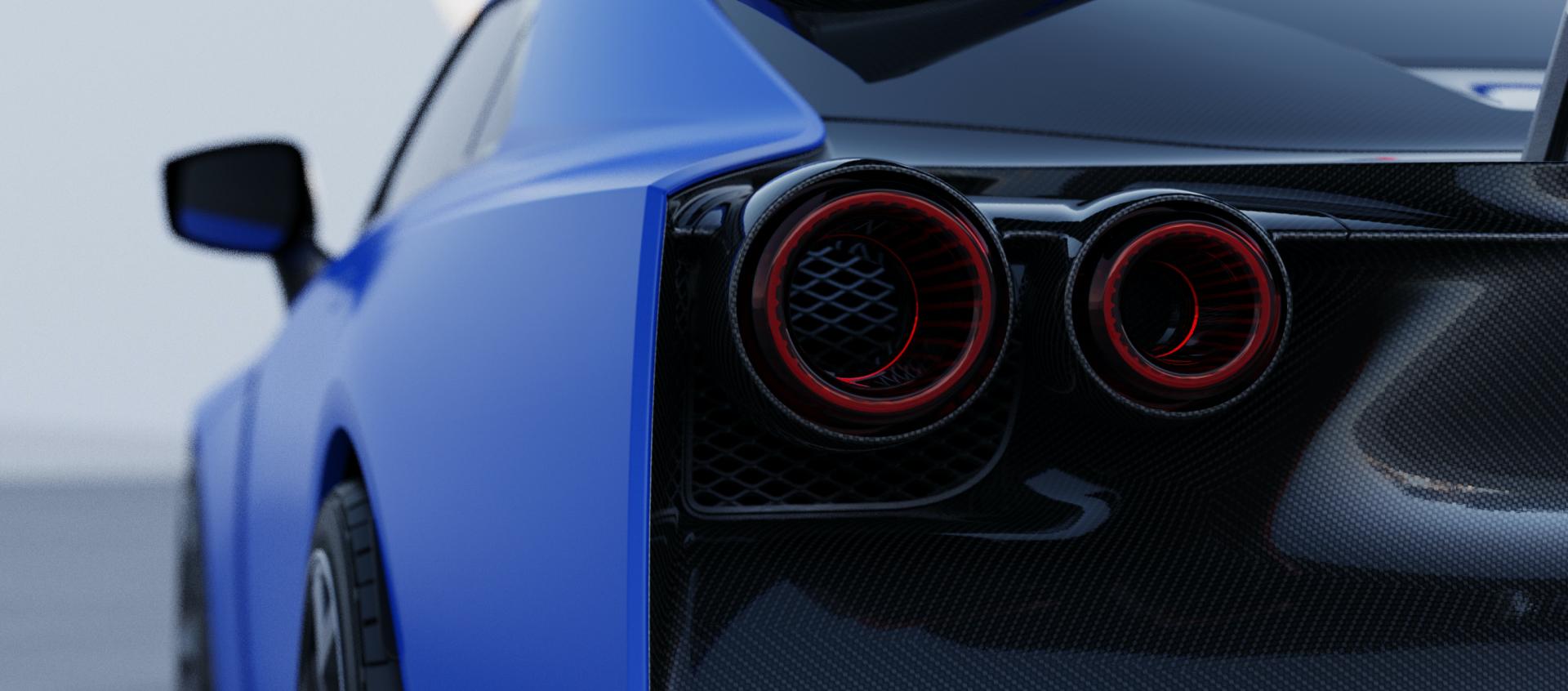The current-generation GT-R has been with us for a long time, yet Nissan has spiced things up with the stunning GT-R50 by Italdesign concept which will enter production as a limited edition model.
The automaker says that demand has been strong and “a significant number of deposits” have already been taken. At the moment, customers who reserved their GT-R50 by Italdesign are selecting personal specifications for their vehicles.
A limited number of reservations are still available, but given that only 50 units will be made in total, they will run out very quickly. The first customer model will go on display at the Geneva Motor Show in March, with deliveries set to begin in late 2020. Subject to certification and homologation in all relevant markets, deliveries are expected to continue until the end of 2021.
Related: $1.1 Million Nissan GT-R50 By Italdesign Splits Opinions In The Big Apple
Along with the exciting announcement, Nissan has also released the first renderings of the production GT-R50 by Italdesign. Somehow, designers managed to make a very smooth transition from concept vehicle to production. The only noticeable difference is the adoption of normal side mirrors instead of the study’s rearview cameras.
Everything else looks pretty much identical to the concept that was unveiled in 2018 to mark the 50th anniversaries of the GT-R and Italdesign. The oily bits will carry over as well, with each Nissan GT-R50 by Italdesign to pack a Nismo-tuned, hand-build 3.8-liter twin-turbocharged V6 rated at 720 PS (710 HP) and 780 Nm (575 lb-ft) of torque.
“Our customers have relished the personalized experience provided by Italdesign, who have a long tradition in the exclusive field of ultra-rare, bespoke high-performance vehicles,” said Bob Laishley, global sports car program director at Nissan. “Their experience with the GT-R50 has been incredible and I can say first-hand that each car will certainly be a standalone masterpiece,” the executive added.
The GT-R50 by Italdesign will cost €990,000 ($1.12 million), making it five times more expensive than the GT-R Nismo on which it’s based.







